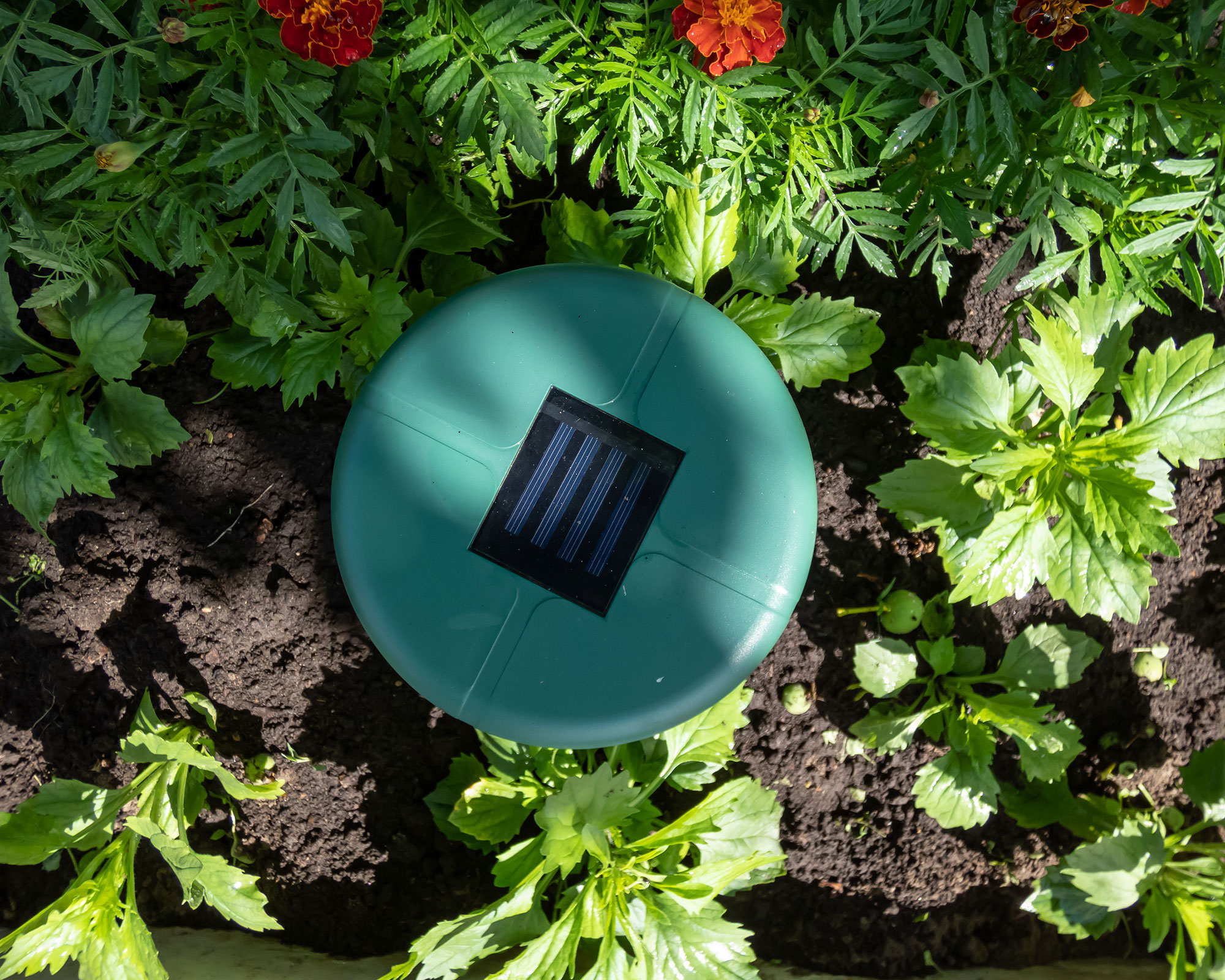
Ultrasonic pest repellents have become increasingly popular to deter insects and rodents from your home.
People like the idea of these devices and other natural pest control methods because they don’t include any harmful chemicals and, therefore are more eco-friendly and won’t accidentally hurt your pets or children.
These devices emit high-frequency sound waves, around 20-65 kHz, which most pests find unpleasant and will avoid. They often work better than homemade bug sprays for repelling rodents like mice or rats, and some insects like cockroaches, fleas, or bed bugs in smaller spaces. However, their effectiveness depends on several factors.
Do ultrasonic pest repellents work?
Ultrasonic repellents can be effective for some pests, but success depends on the specific frequency used and proper placement.

How Ultrasonic Pest Repellents Work
Ultrasonic pest repellents, such as Haycone Indoor Ultrasonic Repellent from Amazon emit sound waves at frequencies higher than what humans can hear, typically above 20 kHz.
According to Nicole Carpenter, CEO of Black Pest Prevention, these sound waves are supposed to disrupt the auditory and nervous systems of pests, causing discomfort and driving them away. The sound waves are usually confined to a specific area, determined by the device's power and placement.
Pests Affected by Ultrasonic Repellents
Rodents: Ultrasonic pest repellents are useful when trying to get rid of mice and rats. The key when targeting rodents is choosing a high frequency device specifically targeting these pests which is 32-62 kHz.
Insects: Some ultrasonic repellents also work on insects like mosquitoes, spiders, ants, and cockroaches. For insects, the sound interferes with their communication and mating calls, discouraging aggregation. The effect builds over time, so give the devices a few weeks of consistent use to fully repel an established pest population. The best frequency to set your ultrasonic pest repellent for insects is between 30-50 kHz.
Bats: These devices can sometimes be used as a way to get rid of bats in the attic or eaves.
How To Maximize Their Effectiveness
In order to maximize the effectiveness of ultrasonic pest repellents, A.H. David, pest control expert and writer at Pest Control Weekly, recommends that you try the following:
Correct Placement: Place the ultrasonic pest repellent device in an open area, away from furniture, curtains, and walls that can absorb or block the sound waves.
Multiple Units: Use multiple devices to cover larger areas or multiple rooms. Pests can move to areas not covered by the ultrasonic waves.
Continuous Use: Keep the device running continuously. Intermittent use can allow pests to become accustomed to the sound.
Supplementary Measures: Combine ultrasonic repellents with other pest control methods like traps, sealing entry points, and maintaining cleanliness to improve overall effectiveness.
Considerations and Limitations
Adaptation: Pests can sometimes adapt to the sound, reducing the long-term effectiveness of ultrasonic repellents.
Limited Range: The sound waves do not penetrate walls, making it necessary to use multiple units such as a 6-Pack Ultrasonic Pest Repeller from Amazon for larger or multi-room spaces.
Safety concerns: There may also be some safety concerns with ultrasonic pest repellents. The ultrasonic frequencies may interfere with other electronic devices in your home such as burglar alarm systems, telephone calls or hearing aids.
Also if you have pets such as guinea pigs or rabbits, the high frequencies may cause them distress.
FAQs
How do I know if my ultrasonic pest repellent is working?
In short, the best way to tell if your ultrasonic pest repellent is working is by monitoring pest activity. If you notice a plateau or even an increase in activity then the repellent may no longer be functioning effectively.
Ultrasonic pest repellents offer a non-toxic and humane approach to pest control. However, their effectiveness can be inconsistent. For best results, they should be used as part of an integrated pest management strategy such as sealing entry points, eliminating access to food, and using traps or pesticides for severe infestations. Regular monitoring and combining multiple pest control methods can help achieve better outcomes.







